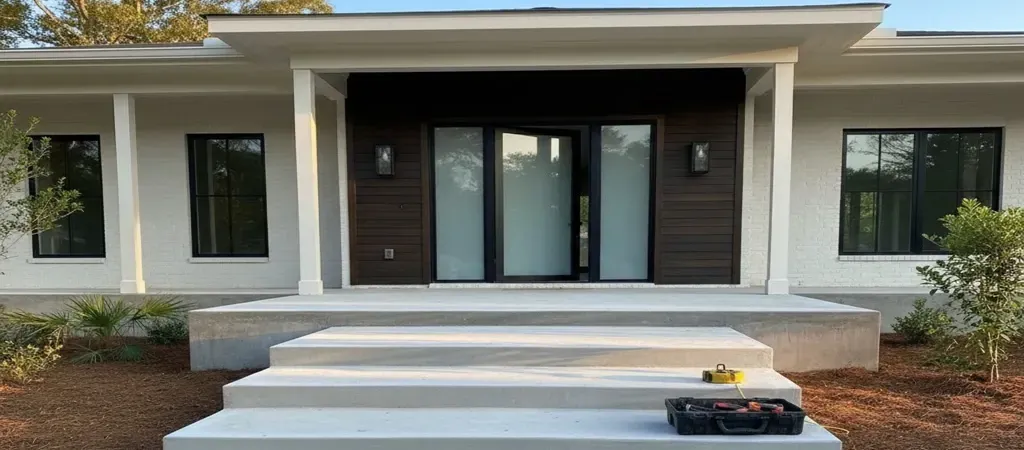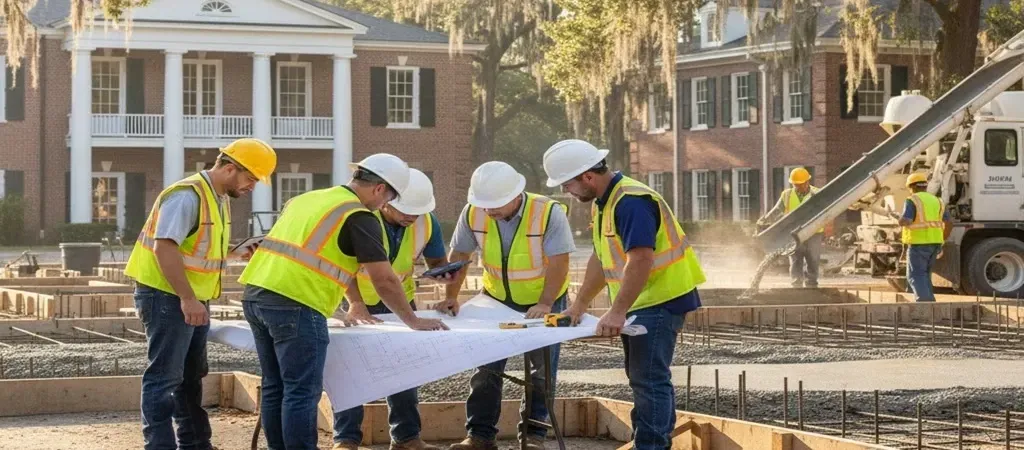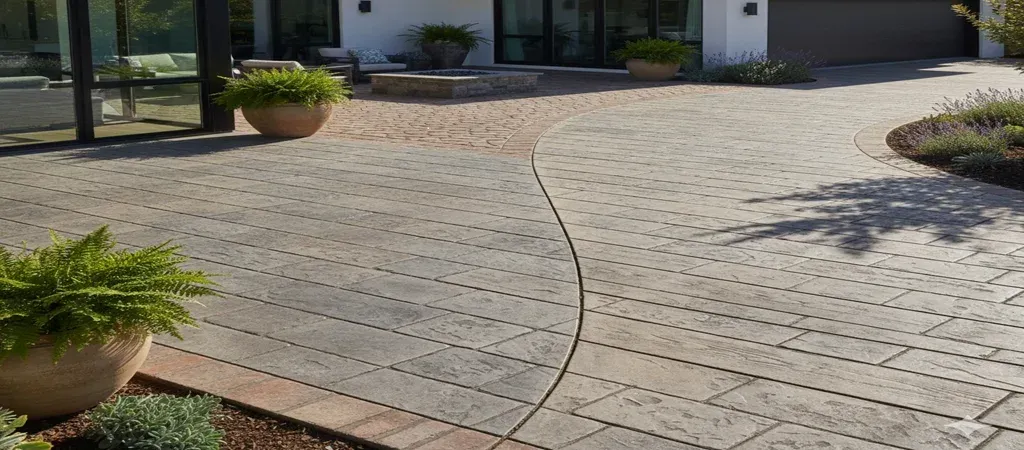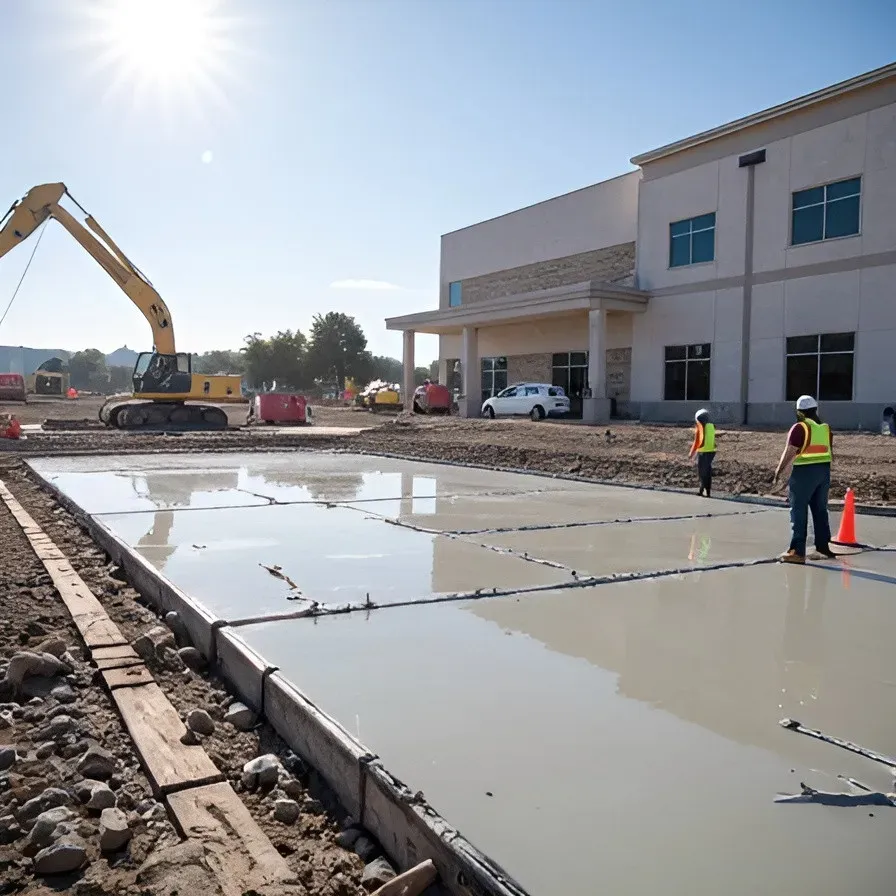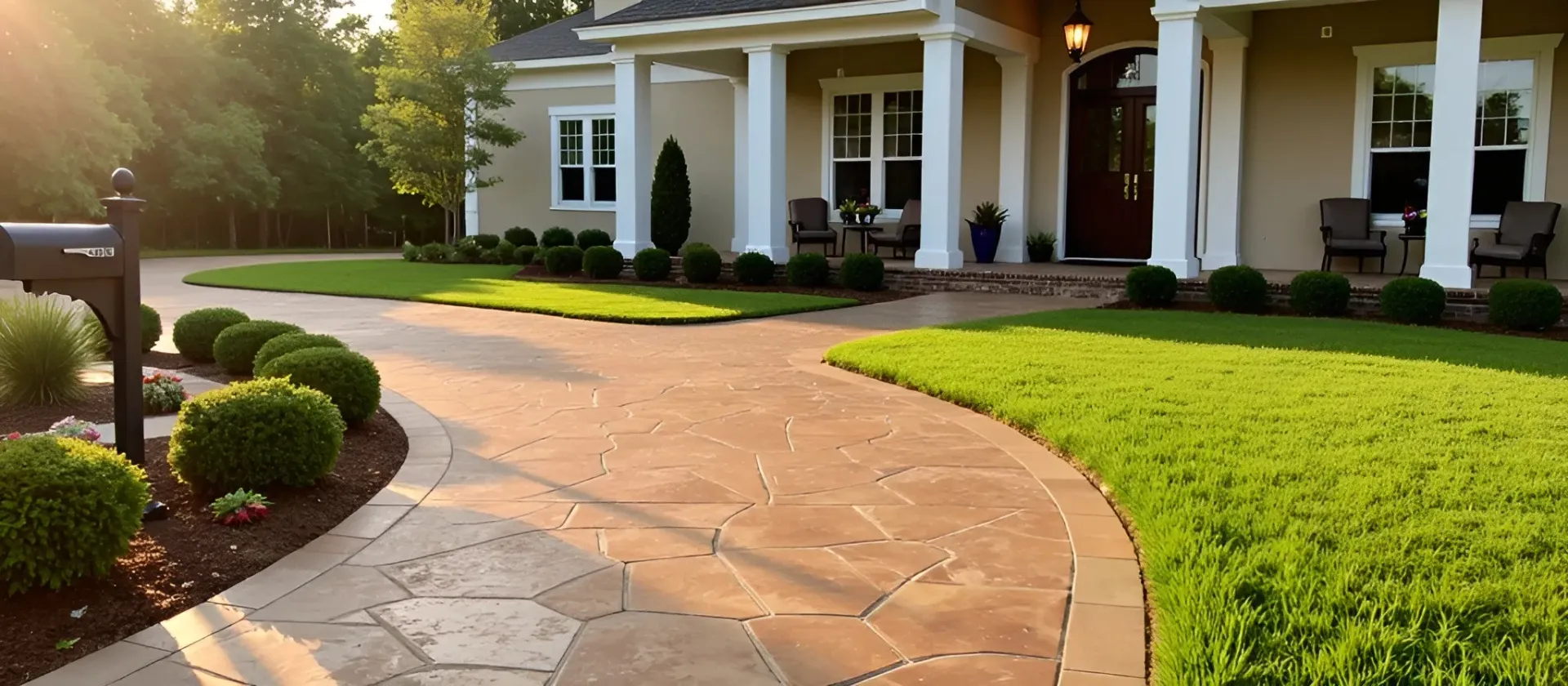Green Concrete Solutions in Baton Rouge, LA: Environmentally Friendly Options for Baton Rouge Projects

The concrete jungle is getting a bit too... concrete. In Baton Rouge, LA, where the Mississippi hums and the humidity hugs you tight, construction is booming. But here's the twist: Green concrete is the talk of the town now. And it's not just for eco-warriors. It's for builders, dreamers, and anyone who wants a sturdier, smarter, and more sustainable city.
Let’s dig in and see how green concrete is changing the game in Baton Rouge.
What Is Green Concrete?
Green concrete is just like regular concrete, but better for the environment. It’s made by swapping out parts of the cement (which causes most of the CO₂ emissions) with alternative materials like:
- Fly ash
- Slag
- Recycled aggregates
- Even things like coffee waste and biochar
This switch helps cut down carbon emissions by up to 30–50%. That’s huge.
Now, why should folks in Baton Rouge care?
Because our city’s climate goals, local developments, and growing population demand smart, strong, and sustainable materials. Green concrete fits the bill perfectly. It’s not just tough; it’s tough with a conscience.
Coffee Grounds, Fly Ash & Other Surprising Ingredients
So, what exactly goes into this eco-friendly blend?
1. Coffee Waste? Yep, That’s a Thing
Researchers in Australia found that used coffee grounds, when turned into something called biochar, can replace sand in concrete. The result?
- 30% more compressive strength
- Less landfill waste
- More sustainable concrete mixes
Imagine drinking your daily latte and knowing it might help build a bridge one day!
In Baton Rouge, where local cafés and roasters thrive, this could mean turning local organic waste into real construction material.
2. Fly Ash & Slag: Industrial Waste Turned Hero
Fly ash (from coal plants) and slag (from steel production) used to be discarded. Now, they’re saving the planet, one batch of concrete at a time.
- They reduce the amount of cement needed.
- They improve durability.
- They make the concrete less prone to cracking.
For Baton Rouge contractors and developers, this means better results and lower emissions at the same time.
3. LC³: The Cement That Cuts Carbon
Limestone Calcined Clay Cement (LC³) is a newer option that blends limestone with calcined clay. It’s already cutting emissions by nearly a third in several pilot projects worldwide.
And guess what? The ingredients are widely available in Louisiana, making this a practical choice for local builders.
How Green Concrete Saves Water (Seriously!)
In Louisiana, water might feel abundant, but conservation still matters. Green concrete helps here too.
Instead of using clean, drinkable water, some green concrete mixes use treated wastewater from cities. It sounds weird, but it works.
Researchers have shown that this water doesn’t affect quality. In fact, it even helps reduce pressure on local water systems. For Baton Rouge projects, this could be a smart way to save both resources and costs.
The Rise of Smart Concrete Tech
Green concrete isn’t just about ingredients, it’s about innovation. Check this out:
Self-Healing Concrete
Ever seen a sidewalk crack and grow weeds in just a few months? Yeah, not fun.
Self-healing concrete has special bacteria or capsules that activate when cracks form. They automatically seal the damage, so no maintenance is needed.
It lasts longer, saves money, and keeps roads and structures safer. Imagine Baton Rouge roads that stay smooth even during our wild weather swings.
3D-Printed Concrete? Oh Yes.
3D printing isn’t just for toys anymore. Builders are using 3D printers to “print” concrete structures with less waste and more precision.
When paired with green concrete, this tech becomes a superhero duo: faster builds, cleaner results, and fewer materials wasted.
Perfect for local housing projects or emergency shelters.
Market Trends: Why Green Concrete Is Blowing Up
Green concrete isn’t a fringe idea anymore. It’s booming.
According to market studies, the global green concrete industry is expected to hit $69.27 billion by 2033. That’s no small number.
Why? Because:
- Cities are pushing for greener building codes.
- Construction companies want long-lasting materials.
- People want sustainable homes and offices.
In Baton Rouge, these trends are already happening. Developers are looking for eco-options that still deliver performance, and green concrete is delivering.
How Baton Rouge Is Building Better
So, how can all this be used right here in our own backyard?
Pilot Projects & Public Works
New infrastructure projects—especially ones focused on drainage, greenways, or urban parks—are starting to consider eco-friendly materials. Using green concrete in bike lanes, sidewalks, and retaining walls is an easy win.
Local Suppliers Are Stepping Up
Companies and local ready-mix providers are starting to offer green alternatives. It’s becoming easier for contractors to choose low-carbon mixes without slowing down construction timelines. Learn how Baton Rouge concrete contractors handle different project sizes with smart materials like these.
Community Support Matters
Let’s be real: change only sticks if people support it. When communities ask for greener choices, decision-makers listen. So if you're a homeowner, contractor, or even just a curious citizen, ask about green concrete. You’ve got more power than you think.
Looking for inspiration for your own outdoor project? Explore creative concrete ideas for Baton Rouge residences that blend beauty and sustainability.
Wrapping It Up: The Future Is Concrete... and It’s Green
Let’s face it: Baton Rouge is growing. But we get to choose how it grows. Green concrete gives us a chance to build a city that’s strong, sustainable, and ready for whatever the future brings.
From using coffee waste to bacteria-powered repairs, green concrete is packed with smart, surprising solutions. It’s the kind of innovation that makes our city cleaner, stronger, and a little cooler (literally).
So whether you're pouring a foundation or just walking down Government Street, remember: the future of construction in Baton Rouge isn’t gray, it’s green.


